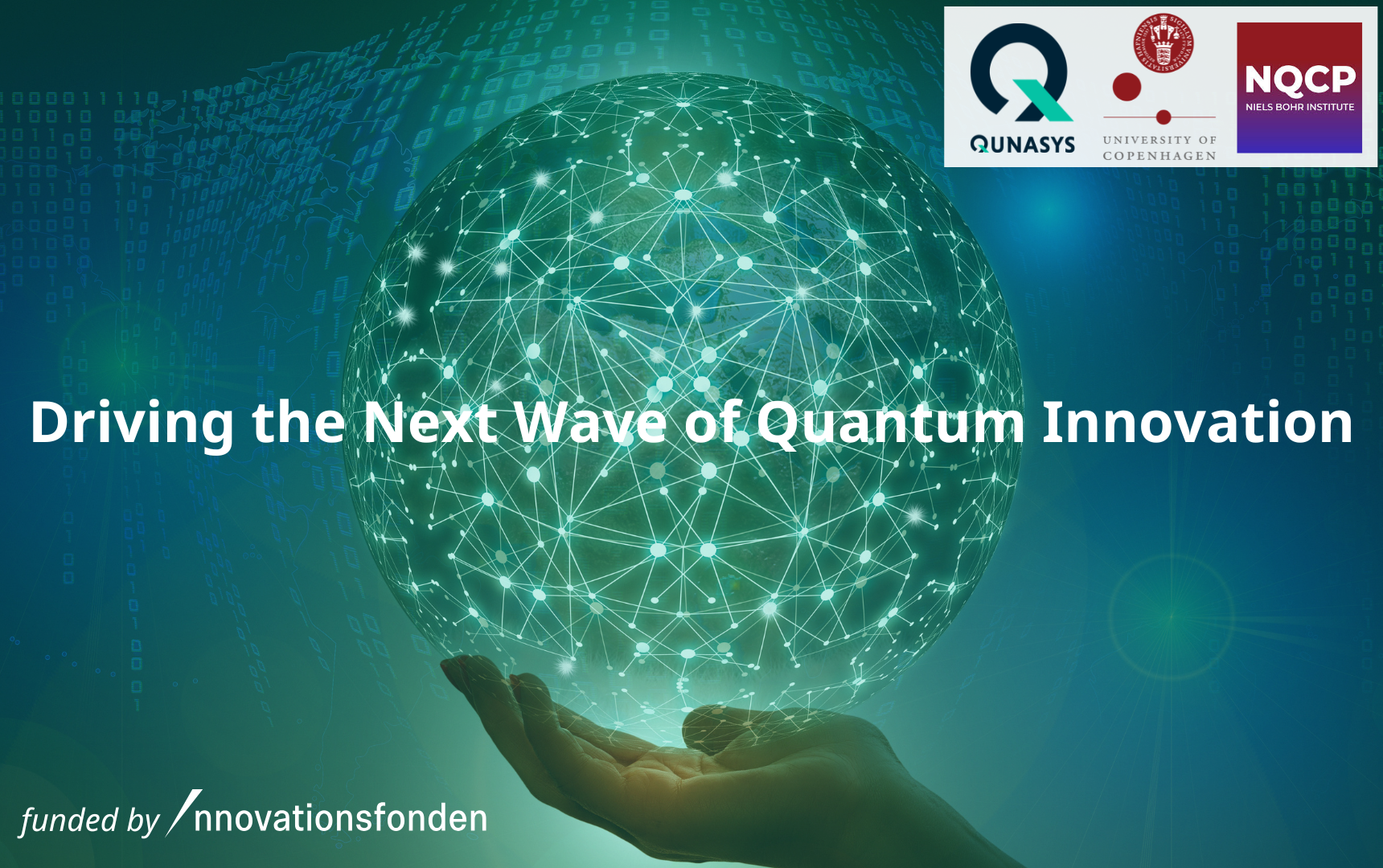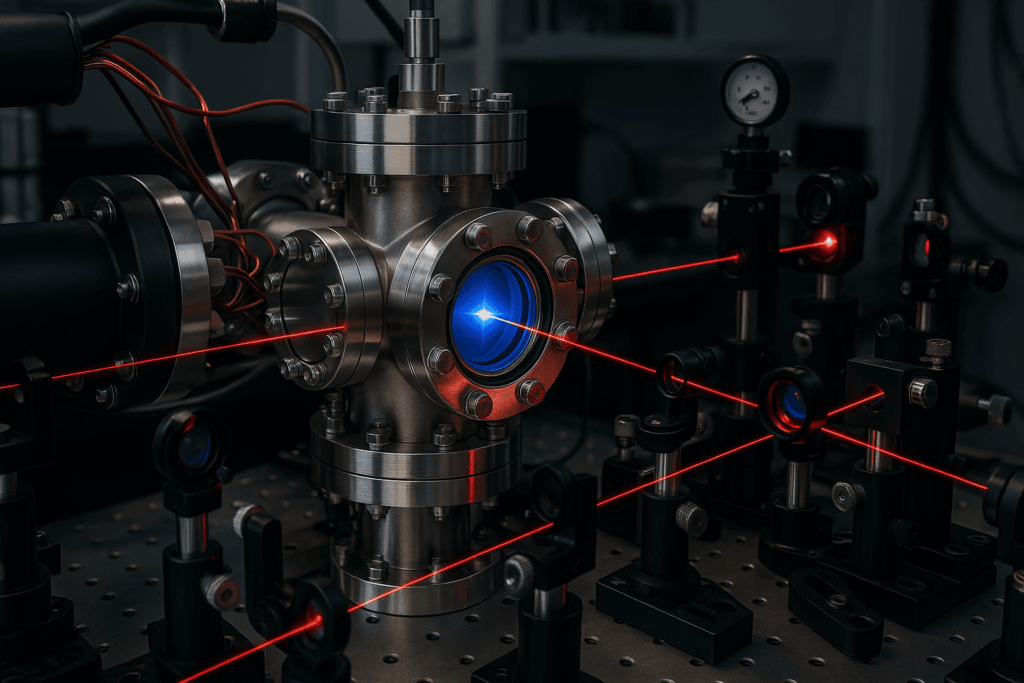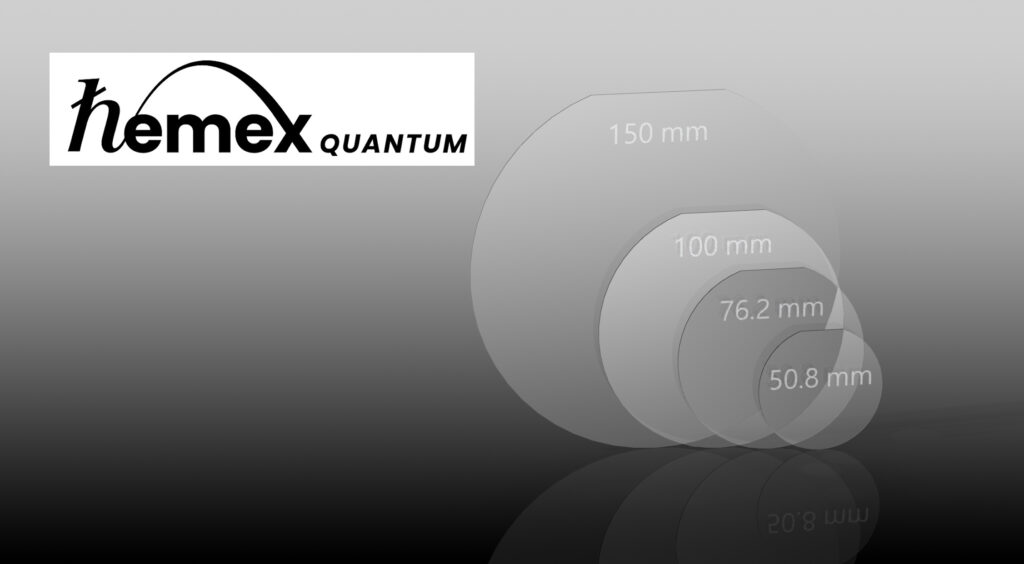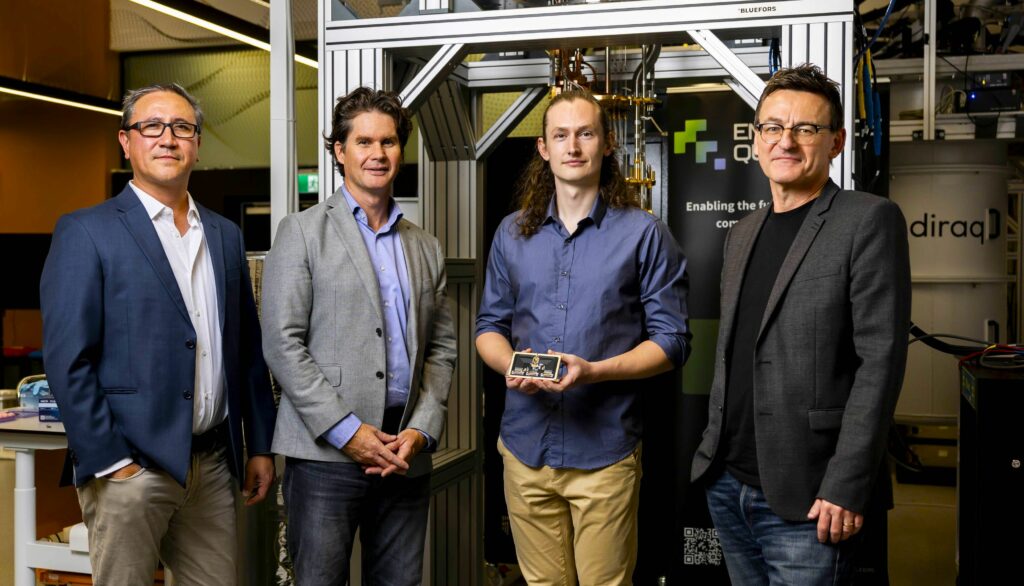Insider Brief:
- QunaSys has secured DKK 19 million (approximately $2.7 million) from Innovation Fund Denmark to advance quantum computing for chemistry through the HyperTenQ project, a four-year initiative focused on quantum-enhanced chemical simulations.
- The project is a collaboration between QunaSys, the University of Copenhagen, and NQCP, aiming to optimize quantum algorithms for drug discovery, materials science, and energy applications.
- HyperTenQ will refine quantum phase estimation using tensor hypercontraction and qubitization, customizing software for error-corrected photonic quantum computers to improve computational efficiency.
- The project seeks to establish a scalable, fault-tolerant quantum computing framework for chemistry, paving the way for industry-wide adoption in pharmaceuticals, energy, and advanced materials.
PRESS RELEASE — QunaSys is proud to announce that it has been awarded funding from the Innovation Fund Denmark as part of the HyperTenQ project, an initiative aimed at advancing quantum computing for chemistry. With an investment of DKK 19 million (approximately $2.7 million), this prestigious grant recognizes QunaSys’s leadership in quantum computing and its potential to transform materials science, drug discovery, and sustainable technologies.
Driving the Next Wave of Quantum Innovation
HyperTenQ is a strategic collaboration between QunaSys, the University of Copenhagen, and the Novo Nordisk Foundation Quantum Computing Programme (NQCP). This project seeks to leverage quantum computing to overcome some of the biggest computational challenges in chemistry, enabling faster and more precise development of new medicines, advanced materials, and energy solutions.
Today, traditional computers struggle to efficiently model complex molecular interactions due to the overwhelming number of possible chemical configurations. Quantum computing has the potential to transform this process, unlocking computational power that was previously unattainable. HyperTenQ aims to bridge the gap between quantum research and practical industry applications, accelerating scientific breakthroughs and commercial adoption.

HyperTenQ: A Strategic Leap in Quantum Chemistry
The four-year HyperTenQ project is set to revolutionize computational chemistry by:
- Optimizing quantum computing algorithms to streamline chemical simulations and reduce computational complexity: Using Tensor Hypercontraction (THC) to optimize quantum phase estimation (QPE) with qubitization.
- Customizing software for fully error-corrected hardware, ensuring seamless integration with cutting-edge photonic quantum computers.
- Establishing a scalable, fault-tolerant quantum computing (FTQC) framework for chemistry applications, and creating a foundation for future industry-wide adoption in pharmaceuticals, energy, and advanced materials.
Through this initiative, QunaSys reinforces its dedication to global quantum innovation, working alongside leading institutions to shape the future of scientific discovery through quantum computing.
“At QunaSys, we have been developing quantum-based solutions for chemical simulations for several years. HyperTenQ represents an exciting opportunity to take these advancements further by combining our expertise with NQCP’s cutting-edge quantum technology. Together, we are shaping the future of quantum chemistry,” said Erik Stangerup, CEO of QunaSys Europe.
“The combination of highly developed commercial quantum software and the unique open hardware platform here at the Niels Bohr Institute creates an excellent framework for a significant leap forward in chemical quantum calculations,” said Gemma Solomon, Professor at University of Copenhagen and Scientific Director of Algorithms and Applications at NQCP.
Project Details
- Project Name: HyperTenQ – Enhancing the Quantum Phase Estimation Algorithm in Quantum Chemistry
- Funding: DKK 19 million (approximately $2.7 million) from the Innovation Fund Denmark
- Total Budget: DKK 21 million (approximately $3 million)
- Duration: 4 years
- Partners: QunaSys, University of Copenhagen, NQCP
SOURCE: QunaSys















